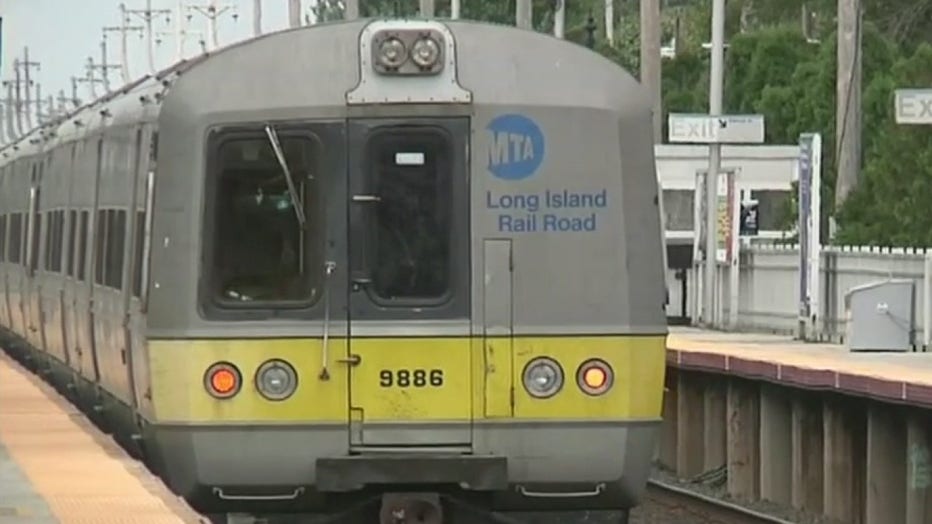LIRR ridership remains much lower than from pre-COVID

LIRR ridership
The LIRR is running behind schedule when it comes to getting back all of the riders it lost during the COVID-19 pandemic.
RONKONKOMA, N.Y. - The Long Island Rail Road is running behind schedule when it comes to getting back all the riders it lost during the COVID-19 pandemic.
While Tariq Evans relies on the railroad to get from Ronkonkoma to Central Islip throughout the week, findings from a recent study on the pandemic's impact on ridership found that only about 60% of riders have returned.
A ridership forecast originally predicted that about 80% of the MTA's pre-pandemic riders would be back by now but unexpected factors including various COVID-19 variants, concerns about crime, and changes in work schedules have affected that number.

An LIRR train (File/FOX 5 NY)
Despite the high cost of gas and traffic, people still prefer to drive.
Revised projections now predict it could take up until 2026 for the MTA — including the LIRR, subways, and buses — to recover 80% of its pre-pandemic ridership. Officials don't expect to be back to 100% until around 2035, and maybe even longer for the LIRR's ridership.
It's estimated ridership trends will cost the MTA about $1 billion a year in revenue through 2026. The solution, according to officials, includes finding a revenue stream to generate $800 million next year and $1.6 billion each year after that.
The future of remote work, safety of riders, and number of people choosing mass transit after congestion pricing goes into effect can directly affect the future of ridership.

